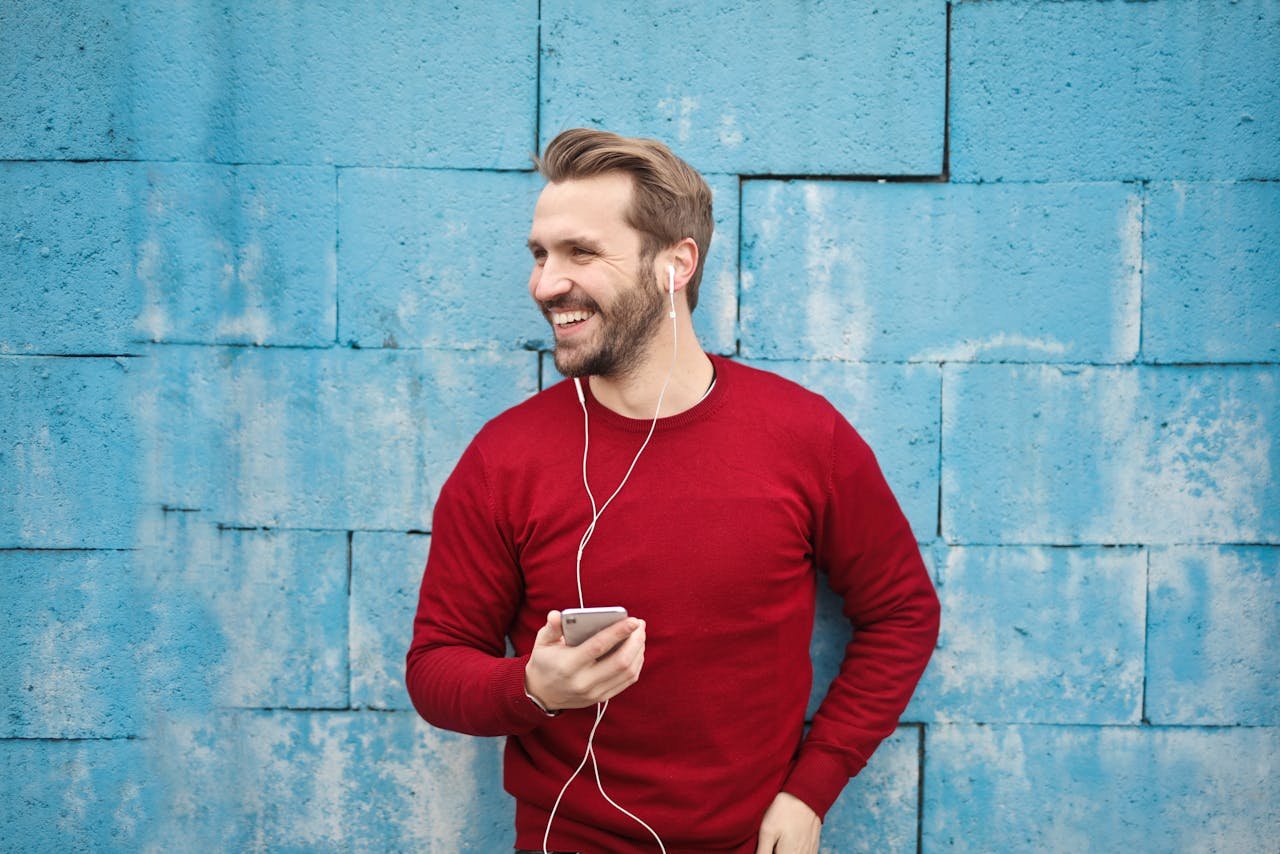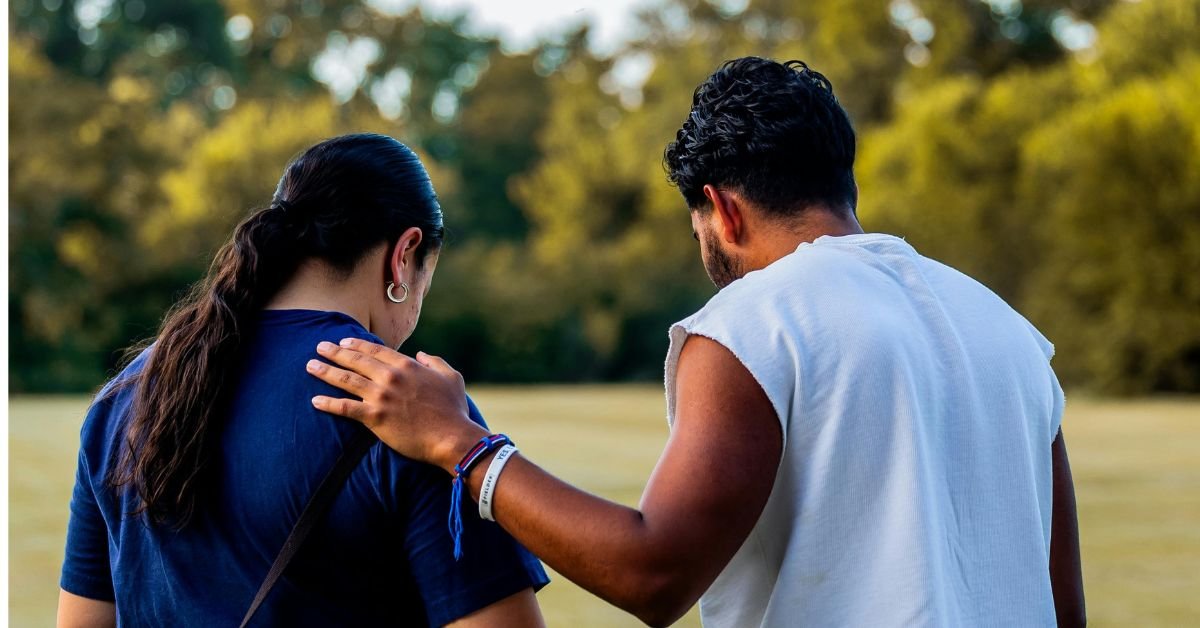Think back to the beginning of the pandemic. There was fear, uncertainty, and loneliness as the world shut down and you had to figure out how to live life confined to your home. And that transition wasn’t easy; the way you worked, created, socialized and decompressed changed virtually overnight. There’s no point in sugar-coating the fact that it was a major source of anxiety for many – unlike anything most of us had ever experienced in our lives.
Now the same thing is happening in reverse, albeit a little more slowly, says Benjamin Young, a New York-based licensed mental health counselor. As the vaccine rollout continues and the US opens back up, you’re likely transitioning back to at least some in-person activities. And while that’s a welcome return to some version of normal for many, it can also be another source of anxiety. In fact, psychologists have even developed a name for it: “re-entry anxiety.”
So why should something that sounds great on paper – returning to life as we know it – cause us to feel this way? Simply put, it’s because you’re doing the exact opposite of what you’ve been told was safe for the last year-plus, says Young. You’ve come to know staying home, wearing masks, and avoiding groups as the responsible choice, he explains, so the inverse feels understandably stressful.
And that’s not the only reason you may be feeling anxious right now. “There is also the sense of pressure to be exactly like we were pre-pandemic, and show it to others,” he adds. “To further complicate things, we may be internally polarized: The logical parts of our mind may know things are getting better, but that doesn’t mean the emotional or physical parts of us are in sync.”
Young says this can feel especially salient to creators; you may not have had opportunities to nourish the skills and community integral to your livelihood or identity during the pandemic. Luckily, you’ve made it through one life-altering COVID-19 transition before, and you can do it again. To help, Young shares his expert advice for how to gradually readjust along the path to post-pandemic life as a creator.
Spend Time Alone
Going back to in-person activities can be stress-provoking on a number of levels. For one, you’re likely now sharing space with more people than you’re used to. Perhaps you’re finding yourself around large indoor crowds at concerts, or maybe you’re now sharing a recording studio or vocal booth with people outside of your pandemic pod. And feeling awkward about how you behave in public after a year of isolation can further add to that anxiety, says Young.
His advice? Take time to yourself every day, even if it’s just five minutes. Regular alone time can give you the time and space you need to feel safe and grounded.
Check In with Yourself
Take that alone time to the next level by checking in with yourself, says Young. Regularly taking stock of how you’re feeling physically and mentally allows you to recalibrate as necessary. “Create a compassionate and curious inner dialogue. Is there any part of you that needs something to readjust?” he says. “Notice what you’re feeling and thinking, and acknowledge your experience at this moment.”
Feeling overwhelmed the night or day after a performance? Then perhaps set aside some extra time to relax and decompress at home. Experiencing burnout from committing to too many jobs at once? Set boundaries for your work life until there’s less on your plate. No matter the scenario, regular mindful check-ins can help you figure out where and how to reduce anxiety as life transitions gradually out of the pandemic.
Validate Your Anxiety
As annoying as anxiety can be when all you want to do is leap back into the hustle and bustle of life, Young says to acknowledge your stress – after all, you’ve survived an incredibly tough year and change, and bouncing back immediately isn’t always in the cards. “Use your inner dialogue to validate, empathize and affirm the parts of you that need it,” he says. “You don’t feel 100% just yet and that’s okay, because we’re still adjusting. Let’s do the best we can with what we have at this moment; that’s all anyone can ask.”
Give Yourself Buffer Time
Sometimes it’s the logistics of adjusting to a post-pandemic life that are the most anxiety-provoking: Commuting, finding parking and being on time, to name a few. Young suggests giving yourself extra buffer time as you readjust to doing things outside of the home, since this can relieve pressure and anxiety about the little things so your plans are that much more stress-free. This can be as simple as leaving home a couple of minutes early before heading out to your various commitments and activities.
Avoid Immediacy
On a similar note, Young recommends minimizing as many sources of immediacy as possible. That might mean declining projects with tight deadlines for a while, avoiding scheduling too many meetings back to back, or being careful about overbooking your weekends. That way you take the pressure off yourself to constantly perform and give yourself extra time and flexibility to recharge as needed.
Reconnect with Your Creativity
Just like it can be hard to get back into the swing of doing things in person, it can be hard to get your creative groove back, says Young. “Specifically for musicians, aspects of touring, performing and even creating may feel a bit overwhelming; activities that we are expected, demanded or pressured to perform exactly like we did in the past will likely cause some performance-related anxiety.”
He suggests assessing which skills or creative aspects of yourself you’d like to reconnect with. Maybe you’d like to get back into live performing, or perhaps you want to find new people to collaborate with. Once you have those concrete goals, you can then make a plan for how to achieve them in a way that best works for you and your current lifestyle.
Connect with Community
You’re not alone in this transition, reminds Young. And finding a community – of creators or otherwise – that makes you feel supported as you navigate the transition to post-pandemic life can make this process all the more manageable. He says this can be as simple as having a jam session with a fellow creator that you trust and with whom you feel comfortable: Finding those moments of connection can help you feel more at ease as you move forward.
This article is brought to you as part of the ASCAP Member Wellness Program.







